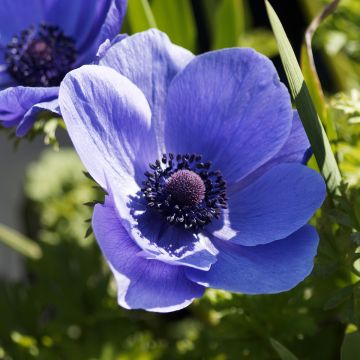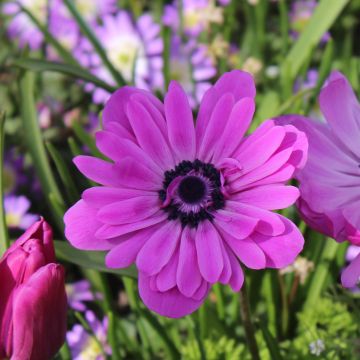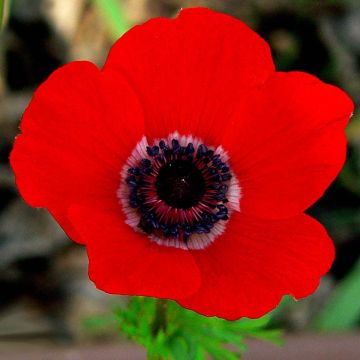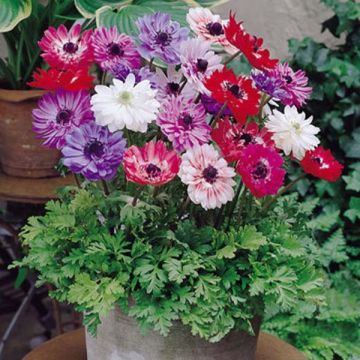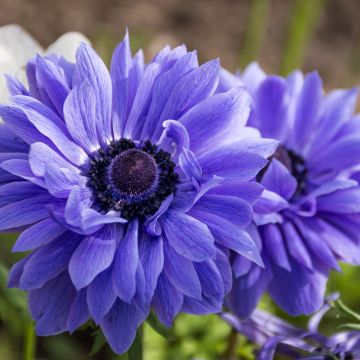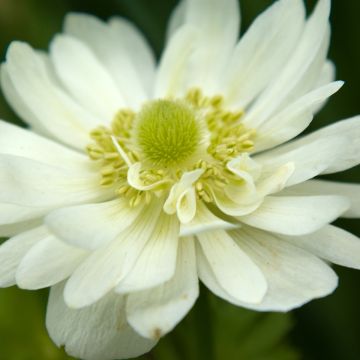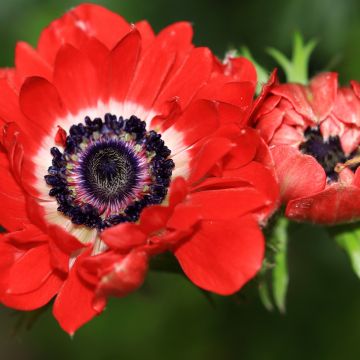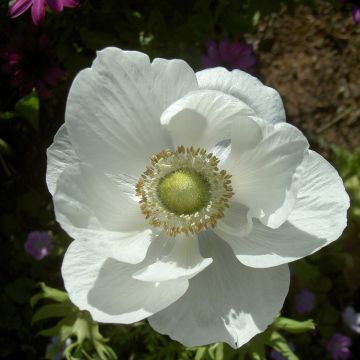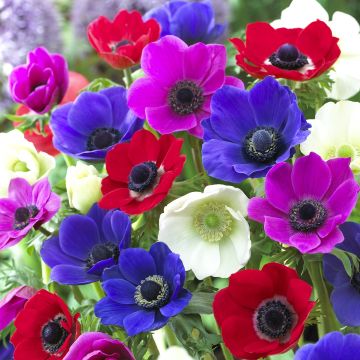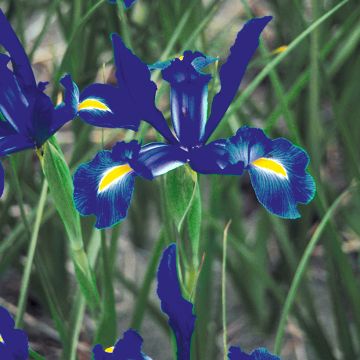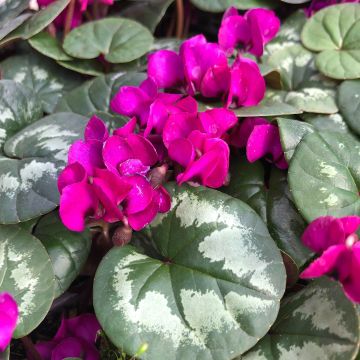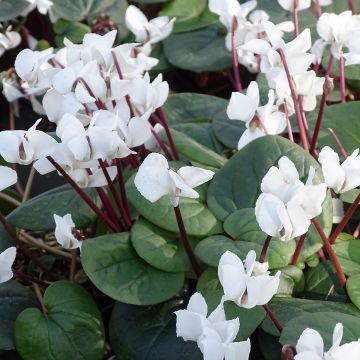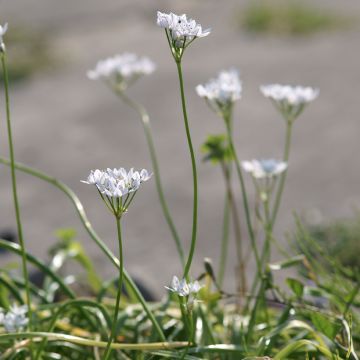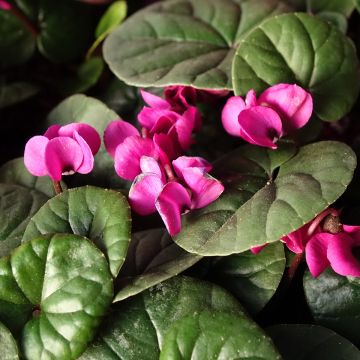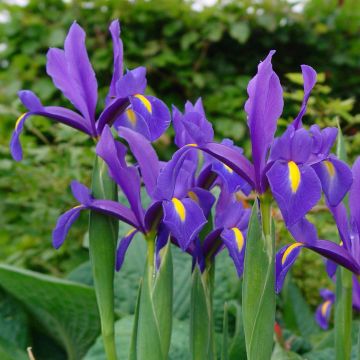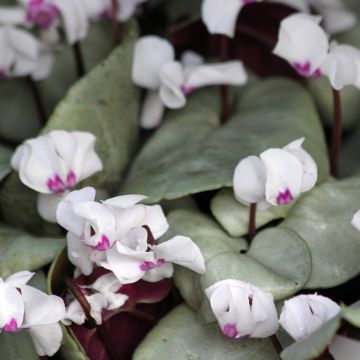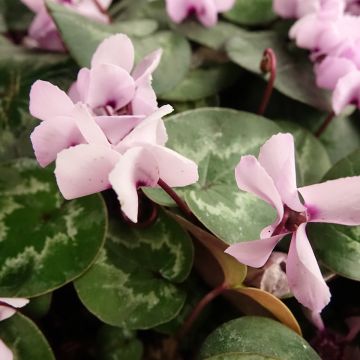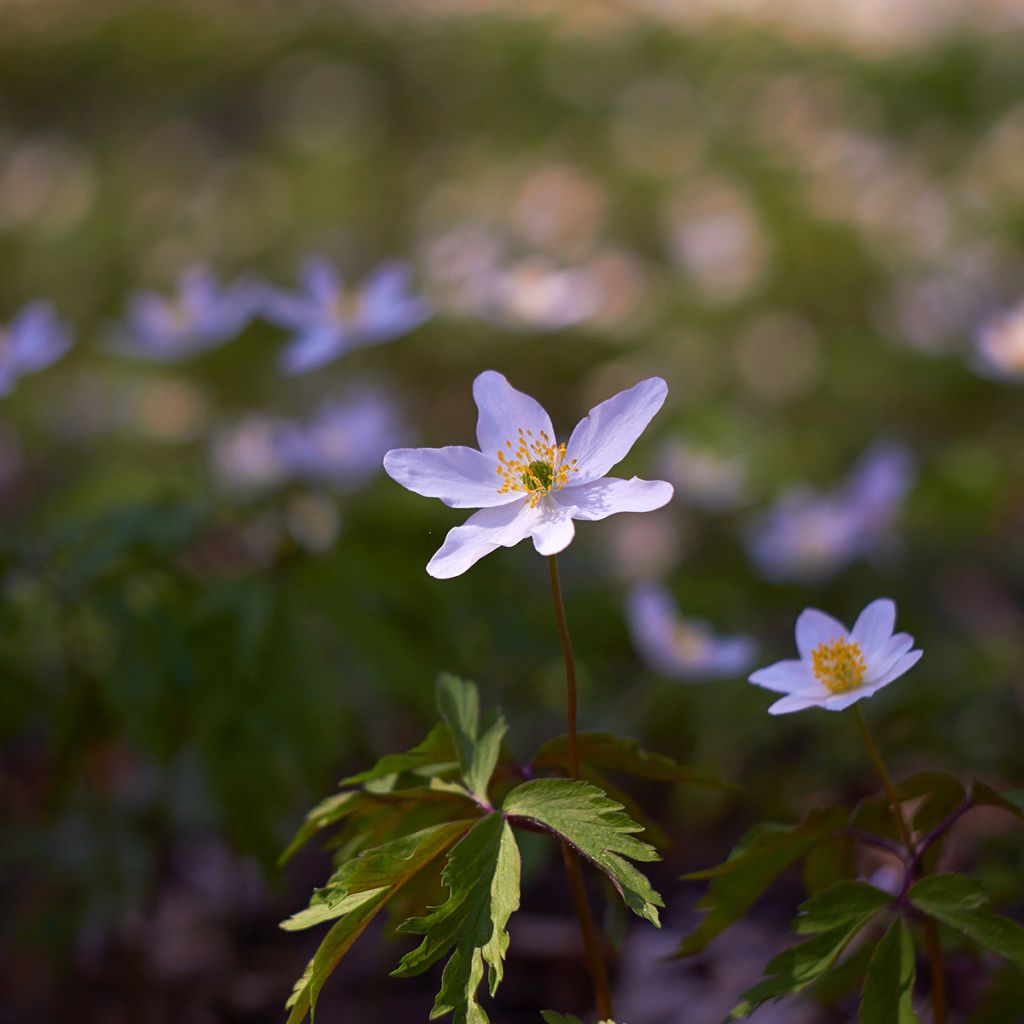

Anemone nemorosa Robinsoniana
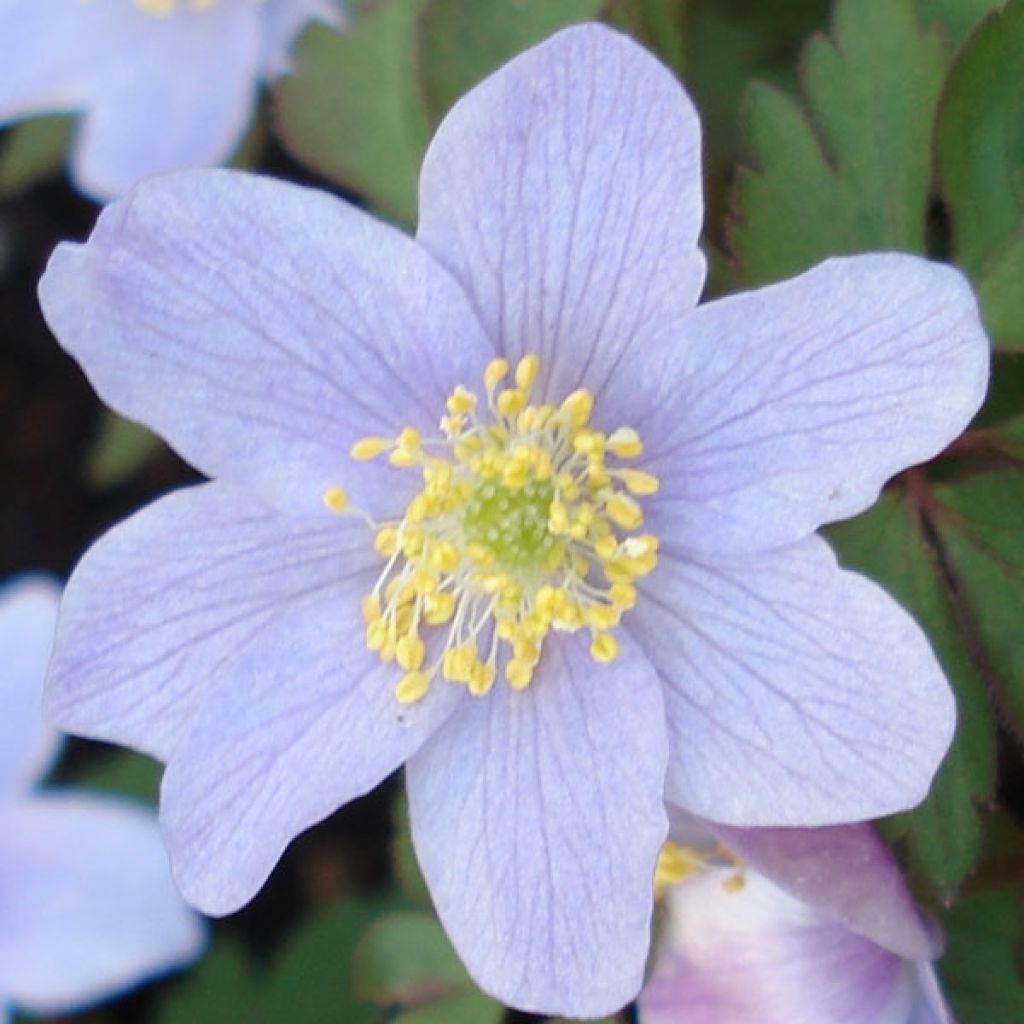

Anemone nemorosa Robinsoniana
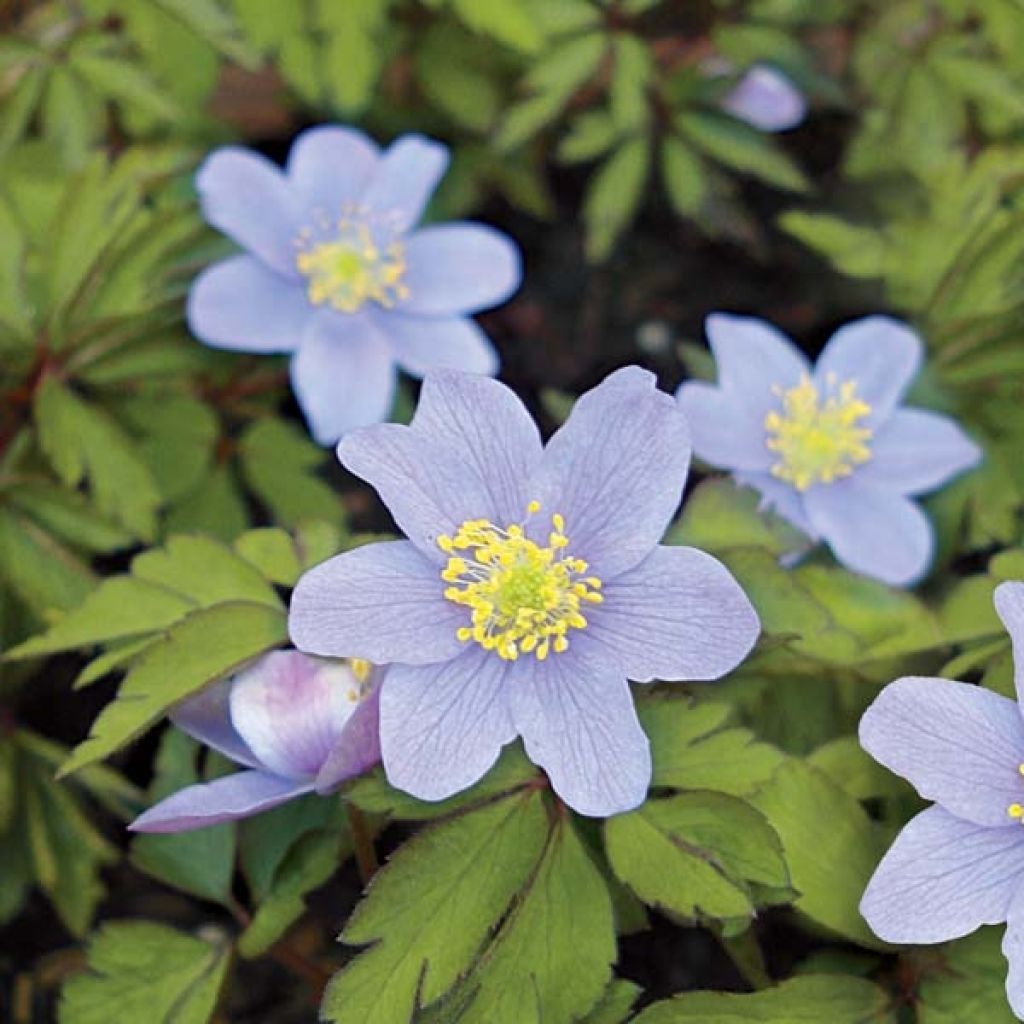

Anemone nemorosa Robinsoniana
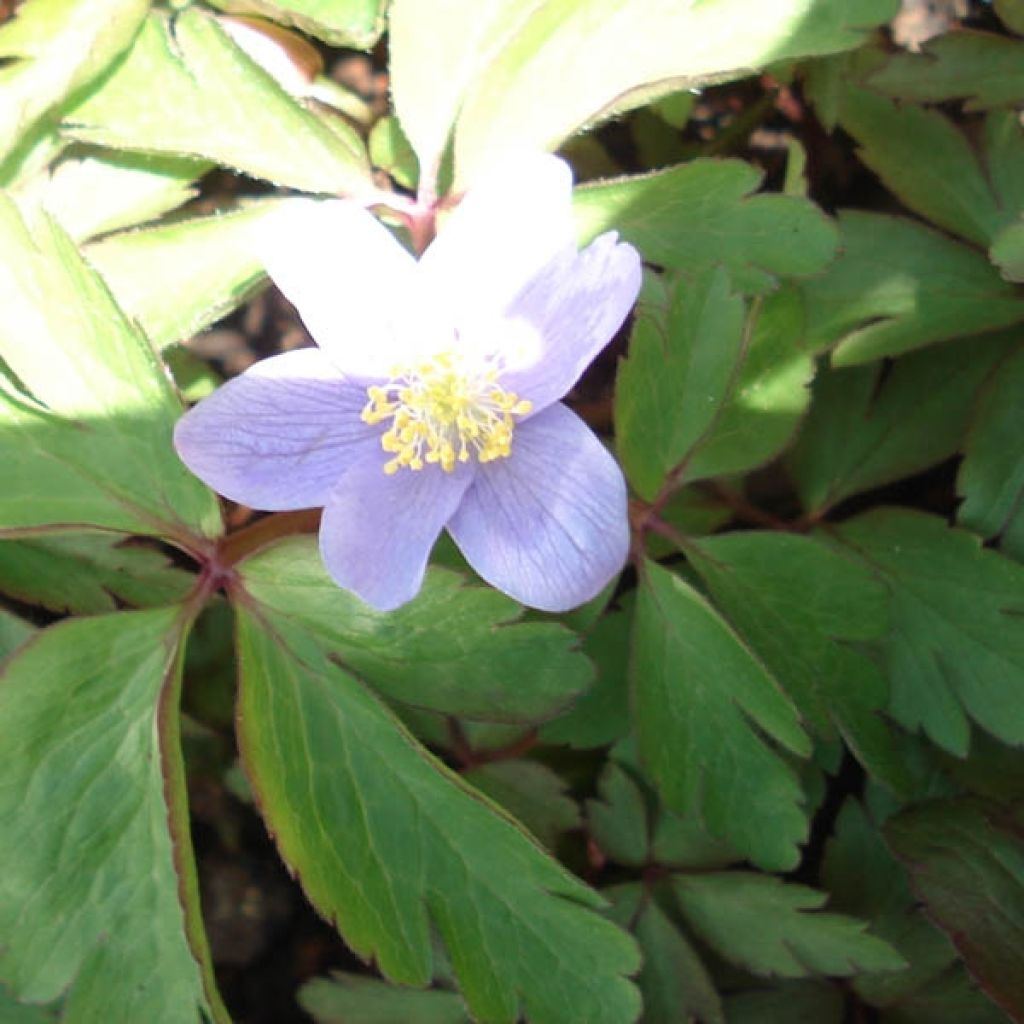

Anemone nemorosa Robinsoniana
Anemone nemorosa Robinsoniana
Anemone nemorosa Robinsoniana
Wood Anemone
Indeed, these are small pieces of twig/root, quite perplexing and yet they have all sprouted! They are facing south, sheltered from direct sunlight by a boxwood hedge and about 1m (3ft) away from a large oak tree (for the closest ones). I planted them in a plot that was completely turned over to a depth of 20-30cm (8-12in), enriched with compost and sand. It is a woodland soil, very rocky (flint). As for the flowers, it's very satisfying for their first year! Very pleased.
Jonathan, 21/03/2022
Why not try an alternative variety in stock?
View all →This plant carries a 6 months recovery warranty
More information
We guarantee the quality of our plants for a full growing cycle, and will replace at our expense any plant that fails to recover under normal climatic and planting conditions.
From €5.90 for pickup delivery and €6.90 for home delivery
Express home delivery from €8.90.

Does this plant fit my garden?
Set up your Plantfit profile →
Description
Anemone nemorosa Robinsoniana is a running perennial (the roots develop horizontally) and vigorous, small-sized plant. It has a spreading habit. From April to May, large solitary star-shaped flowers appear. These flat flowers, measuring 3 to 4 cm (1 to 2in) in diameter, have six to eight tepals (sepals shaped like petals). They are pale lavender blue with a yellow center and cream-grey reverse. They last a long time. Each plant bears only one flower.
Anemone nemorosa, also known as the Wood Anemone, has deciduous green leaves measuring 5 to 12 cm (2 to 5in) in length. They are round, deeply divided, with narrow leaflets that are lobed and toothed. It grows to a height of 8 to 15 cm (3 to 6in) with a width of 30 cm (12in) or more. Native to woodlands and meadows in European mountains, this plant is very hardy. It thrives near the roots of trees and bushes. During the summer, it goes dormant and disappears underground.
The Wood Anemone is a medicinal plant. It is used in homeopathy in the form of a tincture. Like most species, it contains two toxic substances specific to the genus. Along the edge of trees and bushes, it can be planted alongside other small groundcovers such as blue and cream woodruffs, Dicentra eximia, or its two cousins, the Vestal Anemone and the Rapunculoides Anemone. It thrives in the midst of ferns, hostas, or even hellebores.
Anemone nemorosa is sold as a section of rootstock packaged in a compost pouch.
Report an error about the product description
Anemone nemorosa Robinsoniana in pictures


Plant habit
Flowering
Foliage
Botanical data
Anemone
nemorosa
Robinsoniana
Ranunculaceae
Wood Anemone
Cultivar or hybrid
Other Anemone
Planting and care
Anemone nemorosa is placed in partial shade, in the shade of leafy trees. It tolerates the sun in humus-rich soil. Place it in a fresh, fairly rich and humus-rich soil, ideally in compost. The soil must be well-drained. Allow the anemone to naturalise. At the beginning of the growing season, apply fertiliser for flowering plants. The soil should not remain very wet for long periods to avoid tubercle rot. It is susceptible to leaf eelworms and occasionally to Anemone smut. It can also be affected by black spot disease and powdery mildew, as well as caterpillars and slugs. At planting, Anemone nemerosa comes in the form of a 2 cm (1in) long and 2 mm (0.1in) diameter rhizome section, packaged in a small compost pouch. The 'small piece of root' or 'twig' appearance can be confusing the first time you plant it. And yet, it establishes excellently!
Planting period
Intended location
Care
-
, onOrder confirmed
Reply from on Promesse de fleurs
Small Spring Bulbs
Haven't found what you were looking for?
Hardiness is the lowest winter temperature a plant can endure without suffering serious damage or even dying. However, hardiness is affected by location (a sheltered area, such as a patio), protection (winter cover) and soil type (hardiness is improved by well-drained soil).

Photo Sharing Terms & Conditions
In order to encourage gardeners to interact and share their experiences, Promesse de fleurs offers various media enabling content to be uploaded onto its Site - in particular via the ‘Photo sharing’ module.
The User agrees to refrain from:
- Posting any content that is illegal, prejudicial, insulting, racist, inciteful to hatred, revisionist, contrary to public decency, that infringes on privacy or on the privacy rights of third parties, in particular the publicity rights of persons and goods, intellectual property rights, or the right to privacy.
- Submitting content on behalf of a third party;
- Impersonate the identity of a third party and/or publish any personal information about a third party;
In general, the User undertakes to refrain from any unethical behaviour.
All Content (in particular text, comments, files, images, photos, videos, creative works, etc.), which may be subject to property or intellectual property rights, image or other private rights, shall remain the property of the User, subject to the limited rights granted by the terms of the licence granted by Promesse de fleurs as stated below. Users are at liberty to publish or not to publish such Content on the Site, notably via the ‘Photo Sharing’ facility, and accept that this Content shall be made public and freely accessible, notably on the Internet.
Users further acknowledge, undertake to have ,and guarantee that they hold all necessary rights and permissions to publish such material on the Site, in particular with regard to the legislation in force pertaining to any privacy, property, intellectual property, image, or contractual rights, or rights of any other nature. By publishing such Content on the Site, Users acknowledge accepting full liability as publishers of the Content within the meaning of the law, and grant Promesse de fleurs, free of charge, an inclusive, worldwide licence for the said Content for the entire duration of its publication, including all reproduction, representation, up/downloading, displaying, performing, transmission, and storage rights.
Users also grant permission for their name to be linked to the Content and accept that this link may not always be made available.
By engaging in posting material, Users consent to their Content becoming automatically accessible on the Internet, in particular on other sites and/or blogs and/or web pages of the Promesse de fleurs site, including in particular social pages and the Promesse de fleurs catalogue.
Users may secure the removal of entrusted content free of charge by issuing a simple request via our contact form.
The flowering period indicated on our website applies to countries and regions located in USDA zone 8 (France, the United Kingdom, Ireland, the Netherlands, etc.)
It will vary according to where you live:
- In zones 9 to 10 (Italy, Spain, Greece, etc.), flowering will occur about 2 to 4 weeks earlier.
- In zones 6 to 7 (Germany, Poland, Slovenia, and lower mountainous regions), flowering will be delayed by 2 to 3 weeks.
- In zone 5 (Central Europe, Scandinavia), blooming will be delayed by 3 to 5 weeks.
In temperate climates, pruning of spring-flowering shrubs (forsythia, spireas, etc.) should be done just after flowering.
Pruning of summer-flowering shrubs (Indian Lilac, Perovskia, etc.) can be done in winter or spring.
In cold regions as well as with frost-sensitive plants, avoid pruning too early when severe frosts may still occur.
The planting period indicated on our website applies to countries and regions located in USDA zone 8 (France, United Kingdom, Ireland, Netherlands).
It will vary according to where you live:
- In Mediterranean zones (Marseille, Madrid, Milan, etc.), autumn and winter are the best planting periods.
- In continental zones (Strasbourg, Munich, Vienna, etc.), delay planting by 2 to 3 weeks in spring and bring it forward by 2 to 4 weeks in autumn.
- In mountainous regions (the Alps, Pyrenees, Carpathians, etc.), it is best to plant in late spring (May-June) or late summer (August-September).
The harvesting period indicated on our website applies to countries and regions in USDA zone 8 (France, England, Ireland, the Netherlands).
In colder areas (Scandinavia, Poland, Austria...) fruit and vegetable harvests are likely to be delayed by 3-4 weeks.
In warmer areas (Italy, Spain, Greece, etc.), harvesting will probably take place earlier, depending on weather conditions.
The sowing periods indicated on our website apply to countries and regions within USDA Zone 8 (France, UK, Ireland, Netherlands).
In colder areas (Scandinavia, Poland, Austria...), delay any outdoor sowing by 3-4 weeks, or sow under glass.
In warmer climes (Italy, Spain, Greece, etc.), bring outdoor sowing forward by a few weeks.

































